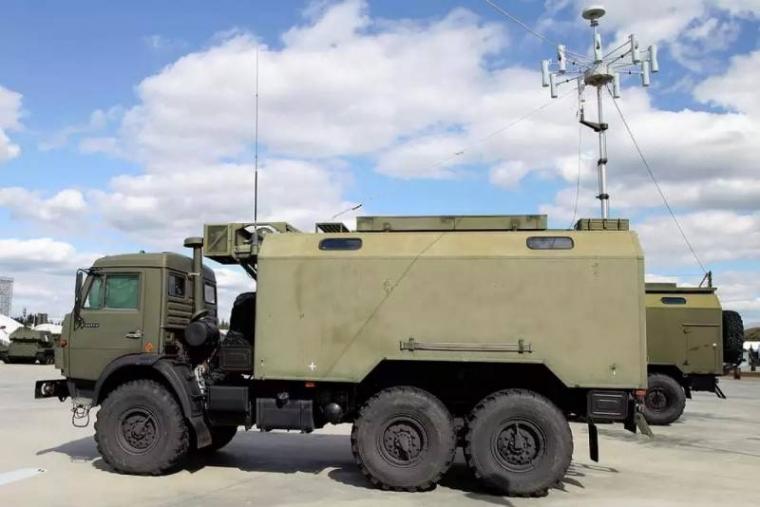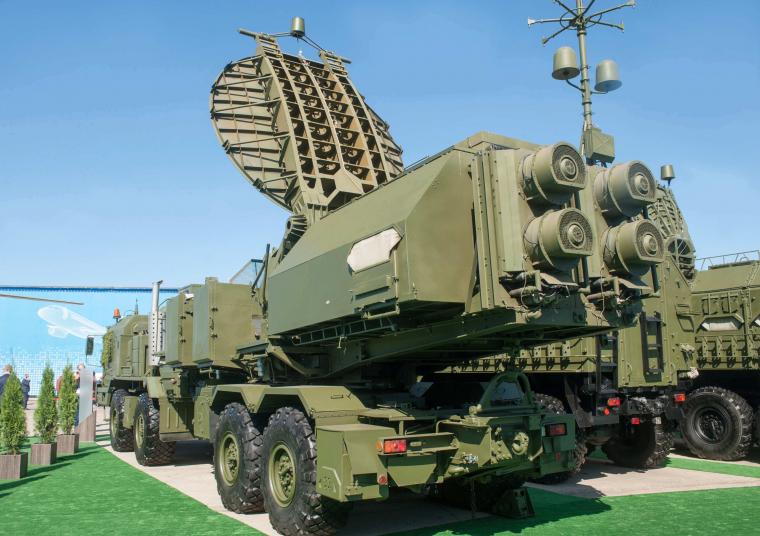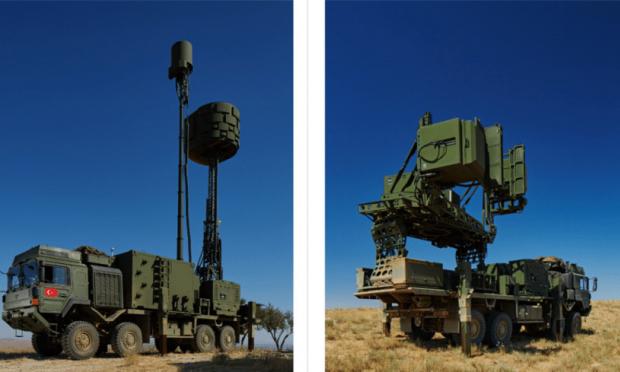We all know that the winner in a war is the one who succeeds in imposing himself on the enemy on the battlefield.
In order to reach this point in fact, the winner should make as few and minor mistakes as possible compared to the loser, applying the basic principles of war, while a key ingredient to achieving victory is misleading and deceiving the opponent. .
On the one hand, Russia, in order to weaken the Ukrainian air defense by distracting it and achieving the consumption of its precious anti-aircraft missiles, builds wooden drones and launches them into the Ukrainian sky.
Additionally, researchers have uncovered new Russian Electronic Warfare (EW) systems and capabilities that are devastating to Ukrainian unmanned aerial vehicles (UAVs) and encrypted radio communications in an alarmingly short amount of time.

A report from the Royal United Services Institute (RUSI), based in the United Kingdom (UK), notes how Moscow's EW remains consistently effective and destroys almost 10,000 Ukrainian drones per month, which is about 333 drones per day!
Like its "tiered" air defense, with progressively overlapping short-, medium-, and long-range surface-to-air (SAM) systems, Russian ground forces have adequately distributed EW platforms covering every 10 kilometers of the front.
The war has passed a year and is expected to continue for a few more months, with US-led NATO continuing to arm Ukraine. Russia, meanwhile, is making a last-ditch effort to seize small remaining pockets of territory in southern and eastern Ukraine.
Some of Russia's known EW platforms are Krasukha-2, Krasukha-4, RB-341V LEER-3, R-330Zh Zhitel, Murmansk-BN and Moskva-1. Along with Electronic Support (ES) and Electronic Attack (EA), they perform radio signal jamming, communications, satellite navigation radars of various frequencies and bands.
As a reminder, Russia with the 14Ts227 Tobol EW system stopped the "synchronization" of the Starlink Internet satellite service with its ground terminals.

According to a reputable media outlet, the RUSI report also revealed an EW jammer, the Shipovnik-Aero, responsible for downing several Ukrainian UAVs. Shipovnik-Aero proves to be a particularly effective system because it has a low signature and can be further scrambled by mimicking other transmitters and communication devices.
“The Russian military continues to make extensive use of combat zone navigational interference as electronic protection. This contributes to a Ukrainian UAV casualty rate of around 10,000 per month,” the RUSI study said.
Alongside Shipovnik-Aero, the Russian military has extensively deployed all-unit and all-echelon anti-UAV capabilities (typically UAV jamming and arrays).
There are several videos of Russian soldiers using large manual anti-drone guns, causing Ukrainian UAVs to either fall out of flight or soft-land nearby. The first means that the radio control link between the drone and its ground operator has been broken, while the second suggests that Russian jammers have taken control of the drone.

Specifically regarding military communications, the RUSI report noted that there is a highly sophisticated and "capable" Russian EW capability, intercepting and decrypting encrypted Ukrainian radio communications, using what they identified as the Torn-MDM jammer.
"Russian EW achieves real-time monitoring and decryption of Ukrainian Motorola 256-bit encrypted tactical communications systems, which are widely used by its Armed Forces (AFU)," the report says.
Interestingly, earlier in the war, Russian commanders made the rookie mistake of communicating with open cell phones and unencrypted radio, resulting in the AFU targeting and killing (bombing) at least five Russian generals by late March last year.



